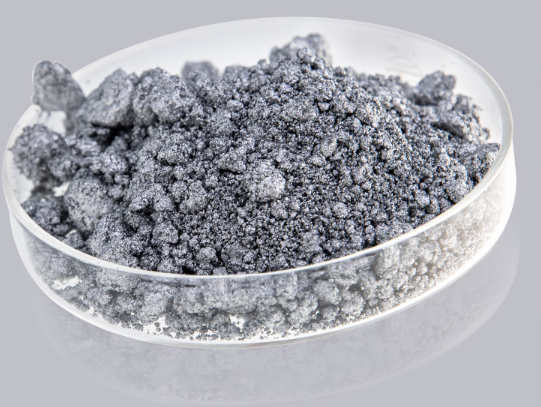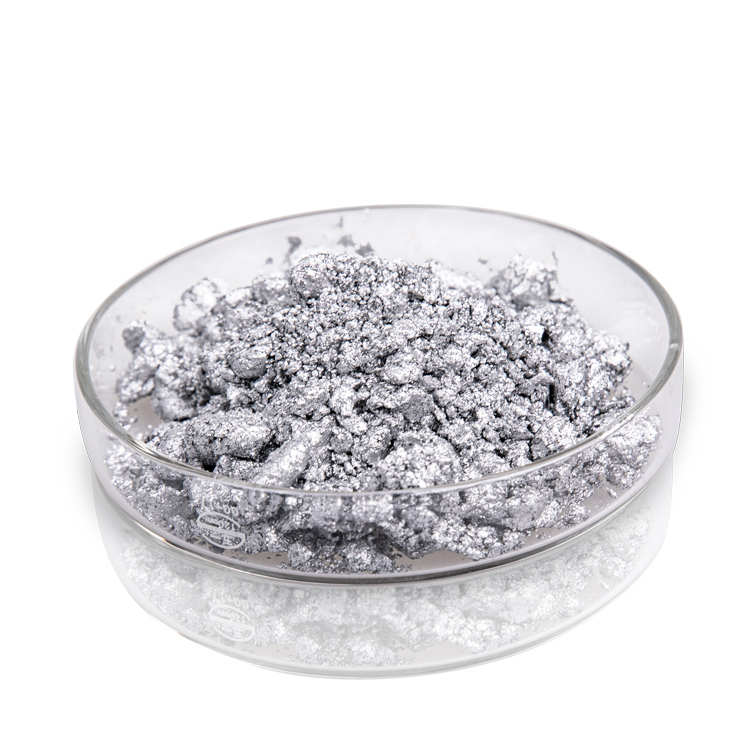Water-Based vs. Solvent-Based: A Guide to Choosing the Right Aluminum Paste
2025 / 10 / 22


Understanding the Fundamental Differences
The core distinction between these two aluminum paste types lies in their carrier systems:
Solvent-Based Aluminum Paste
Traditional solvent-based systems utilize organic carriers such as mineral spirits or glycol ethers. These systems have dominated the industry for decades due to their excellent:
-
Initial metallic brilliance and reflectivity
-
Easy application and fast drying times
-
Broad compatibility with various resin systems
-
Established manufacturing processes
Water-Based Aluminum Paste
Water-based alternatives employ aqueous carriers with specialized additives to maintain stability. These systems offer:
-
Significantly reduced VOC emissions
-
Improved workplace safety
-
Easier cleanup and maintenance
-
Growing regulatory acceptance worldwide
Technical Performance Comparison
Optical Properties
While solvent-based pastes traditionally offered superior metallic brightness, recent advancements in water-based technology have narrowed this gap. Modern water-based formulations can achieve up to 95% of the reflectivity of their solvent-based counterparts, with some premium grades matching them entirely.
Durability and Protection
Both paste types provide excellent corrosion resistance and weather durability when properly formulated. However, water-based systems often demonstrate:
-
Enhanced long-term color stability
-
Reduced tendency for yellowing
-
Better resistance to environmental stress cracking
Environmental and Regulatory Considerations
VOC Content
The most significant difference lies in volatile organic compound emissions:
-
Solvent-based pastes typically contain 300-500 g/L of VOCs
-
Water-based alternatives reduce this to below 50 g/L
-
Some advanced formulations achieve near-zero VOC levels
Global Compliance
Water-based pastes naturally align with:
-
EU VOC Directive requirements
-
California's CARB regulations
-
China's emerging environmental standards
-
Global sustainability initiatives
Application-Specific Recommendations
Choose Solvent-Based When:
-
Maximum initial brightness is the primary concern
-
Working with existing solvent-compatible equipment
-
Operating in regions with lenient environmental regulations
-
Requiring rapid drying at ambient temperatures
Opt for Water-Based When:
-
Compliance with strict environmental standards is mandatory
-
Worker safety and reduced fire hazards are priorities
-
Long-term color stability outweighs initial brightness
-
Planning for future regulatory changes
Industry Transition Trends
Market analysis indicates a steady shift toward water-based technologies:
-
15% annual growth in water-based paste adoption
-
40% of manufacturers now offering dual product lines
-
Major automotive and packaging companies committing to sustainable alternatives
Making the Right Choice
Selection criteria should include:
-
Regulatory Environment: Local and international compliance requirements
-
Performance Needs: Specific application and durability requirements
-
Equipment Compatibility: Existing system capabilities and modification costs
-
Sustainability Goals: Corporate environmental commitments and brand image
Future Outlook
The aluminum paste industry continues to evolve with:
-
Hybrid technologies combining benefits of both systems
-
Advanced stabilization methods for water-based pastes
-
Bio-based solvents reducing environmental impact
-
Smart formulations adapting to application conditions
Conclusion
The choice between water-based and solvent-based aluminum pastes involves balancing performance requirements with environmental responsibility. While solvent-based systems still excel in certain applications, water-based technologies are rapidly closing the performance gap while offering significant sustainability advantages.
Manufacturers should carefully evaluate their specific needs, regulatory landscape, and long-term strategic direction when selecting aluminum paste formulations. As technology advances, the industry moves toward solutions that don't force a choice between performance and planetary responsibility.
For detailed technical specifications and application guidance, visit our professional resource center at [https://www.zqmetallic.com/contact-19-1.html].

